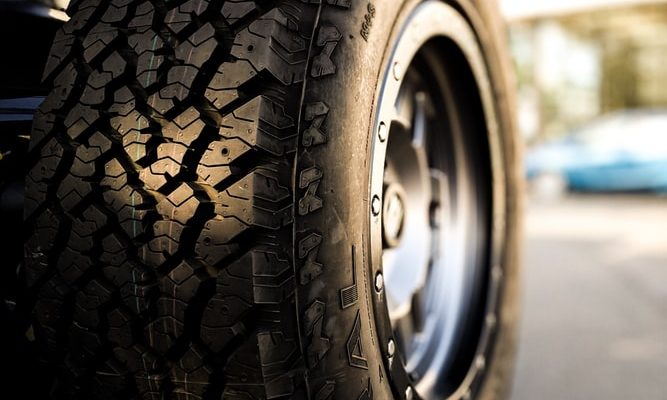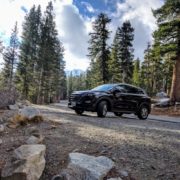You don’t really think about your car’s tires. But they’re all that connect your vehicle to the road. All the fancy technology in your car is useless if the tires aren’t in good condition. At any point in time, only four fist-sized patches of rubber keep you in control at all speeds. This is why you need to regularly maintain your tires to help keep you safe, protect your car from damage, save fuel, and save money.
Rotation
Remember to rotate your tires every 5000 to 7000 miles. This means moving the tires from one side of the car to the other. The details on how and how often to rotate your tires are mentioned in the owner’s manual. Tire rotation ensures that all tires wear out evenly and no one tire wears out faster than any other.
New in the Back
If you’re only replacing one or two tires, remember to install them on the rear axle of your car. Solid, high-tread tires in the rear help keep the car stable in tricky, wet, and slippery conditions. This applies to all cars, whether they’re front-wheel, rear-wheel, or all-wheel drive.
Pressure
Ensure that you check tire pressure at least once per month. Always keep it inflated to the levels recommended by the manufacturer. Low tire pressure can cause uneven wear, sluggish handling, increased fuel consumption, and even tire and wheel damage. Overinflation can reduce ride quality, increase tire wear, and cause tire and wheel damage too.
Depth
The tire tread keeps the tires connected to the road. The tread ensures that there is always enough grip and traction to keep the car behaving predictably. It allows you to stop, accelerate, turn as needed. Therefore, keep an eye on the tread depth and ensure that it hasn’t worn down.
Balance
All tires and wheels, no matter how precisely they’re made, have a spot on them that is heavier. This heavy spot causes uneven wear and compromises tire life and ride comfort. Remember to always get new tires balanced and get them balanced again whenever you rotate them. The mechanic will use a machine to pinpoint a heavy spot and add a small weight to even out the imbalance.

















Comments